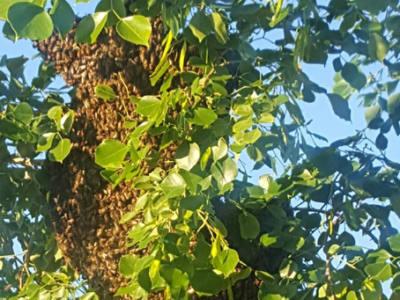Block walls
Block Walls can harbor a variety of bugs, especially scorpions and their food. So treating the block walls inside and outside is essential to making them dead. The art od pest control is to manage the bugs so they die before they get to your home or business. So how do we treat?
- Arrive at your door and ask any questions about activity?
- Using our webber broom we knock down webs and look up to see anything at the roofline. Check your property for other signs.
- We don’t generally use spray tanks, overkill of pest and any good bugs. We use backpacks, to target specific areas that bugs hide or harborage in. We do use spray tanks for ticks because they like to climb up weeds and bushes.
- We then check the property for any ant mounds and treat each mound.
- We then dust those block walls, with DE and/or Delta Dust. Some companies use a foam device to foam those areas. I’m not sure that it works any better, but we use dust every visit.
- If you’re home we will check in and leave you with a service ticket or email you one. Of course we will Thank you.
So consider a service by the Leader in Phoenix Pest Management – we use technology to prevent the bugs from getting to you. 623-414-0176 or 602-249-7378

















